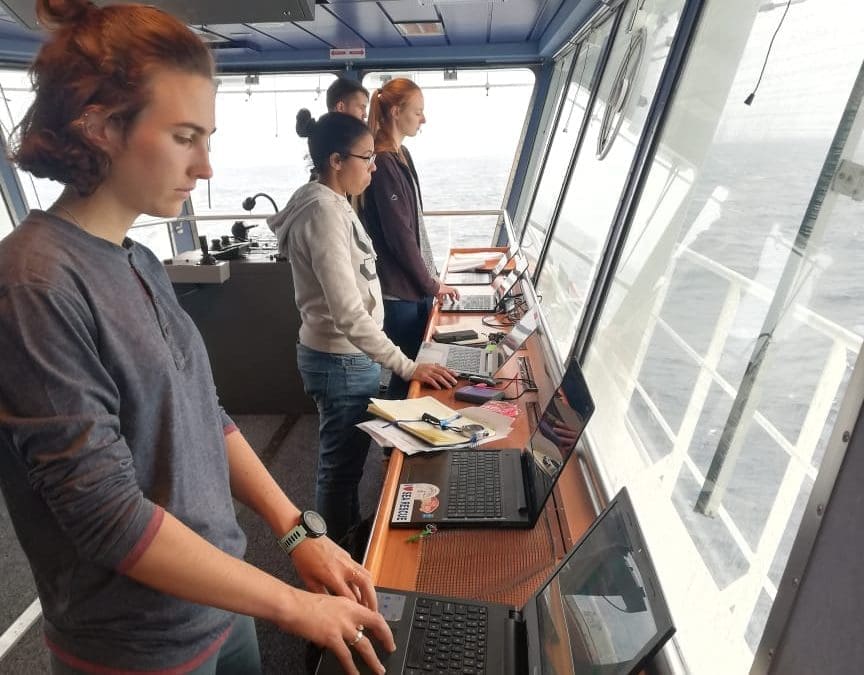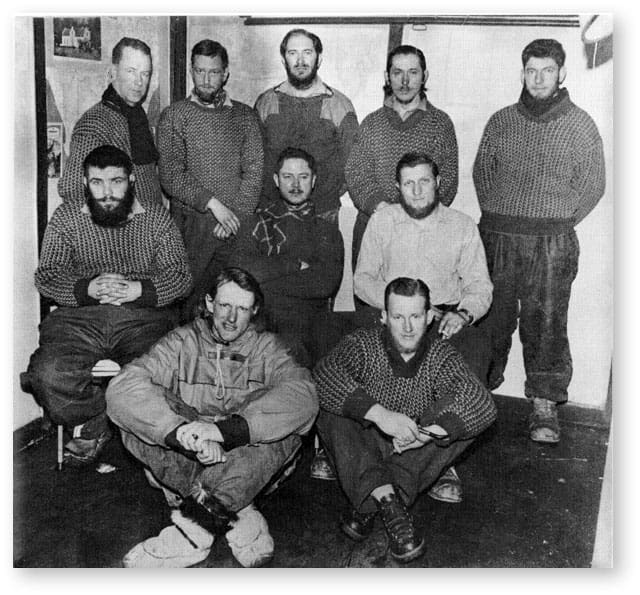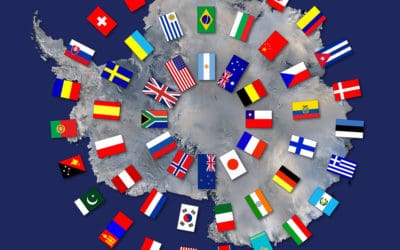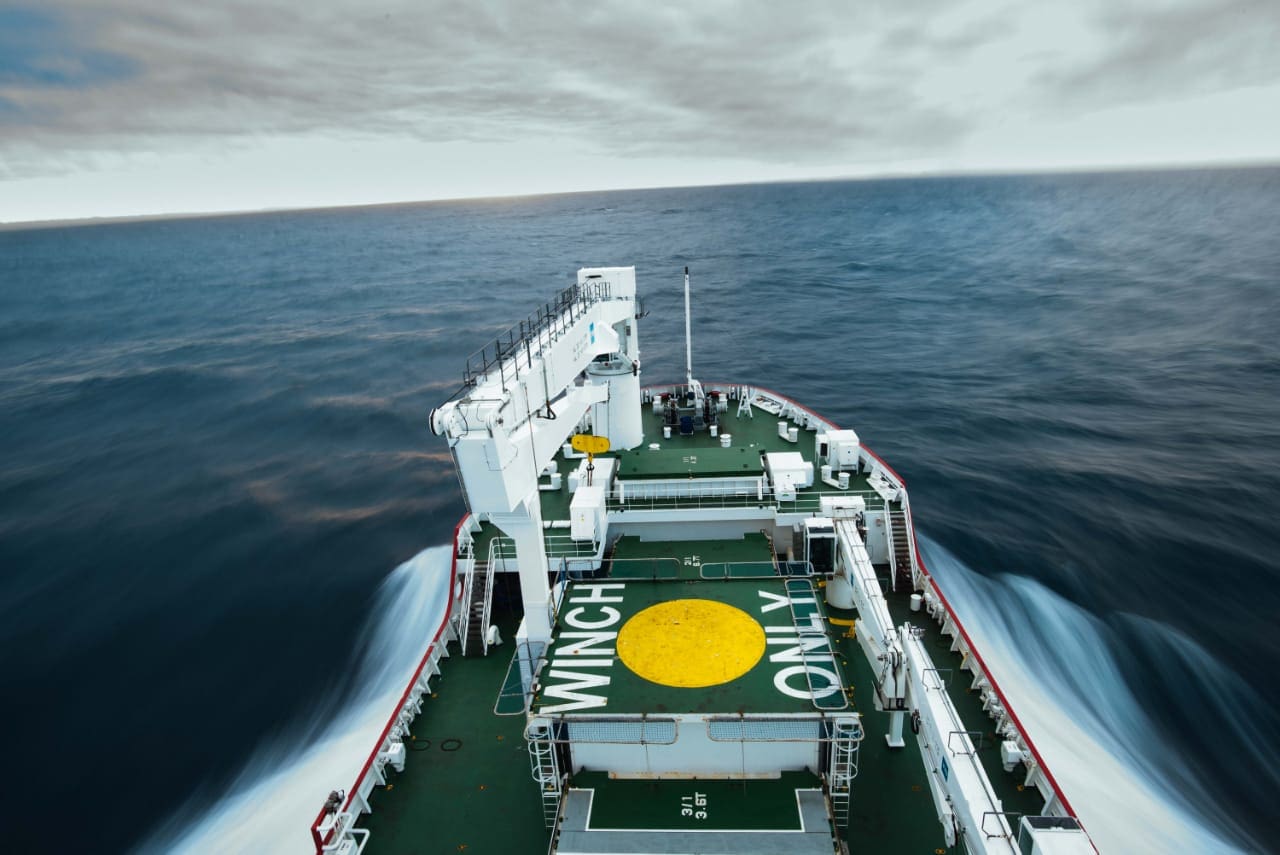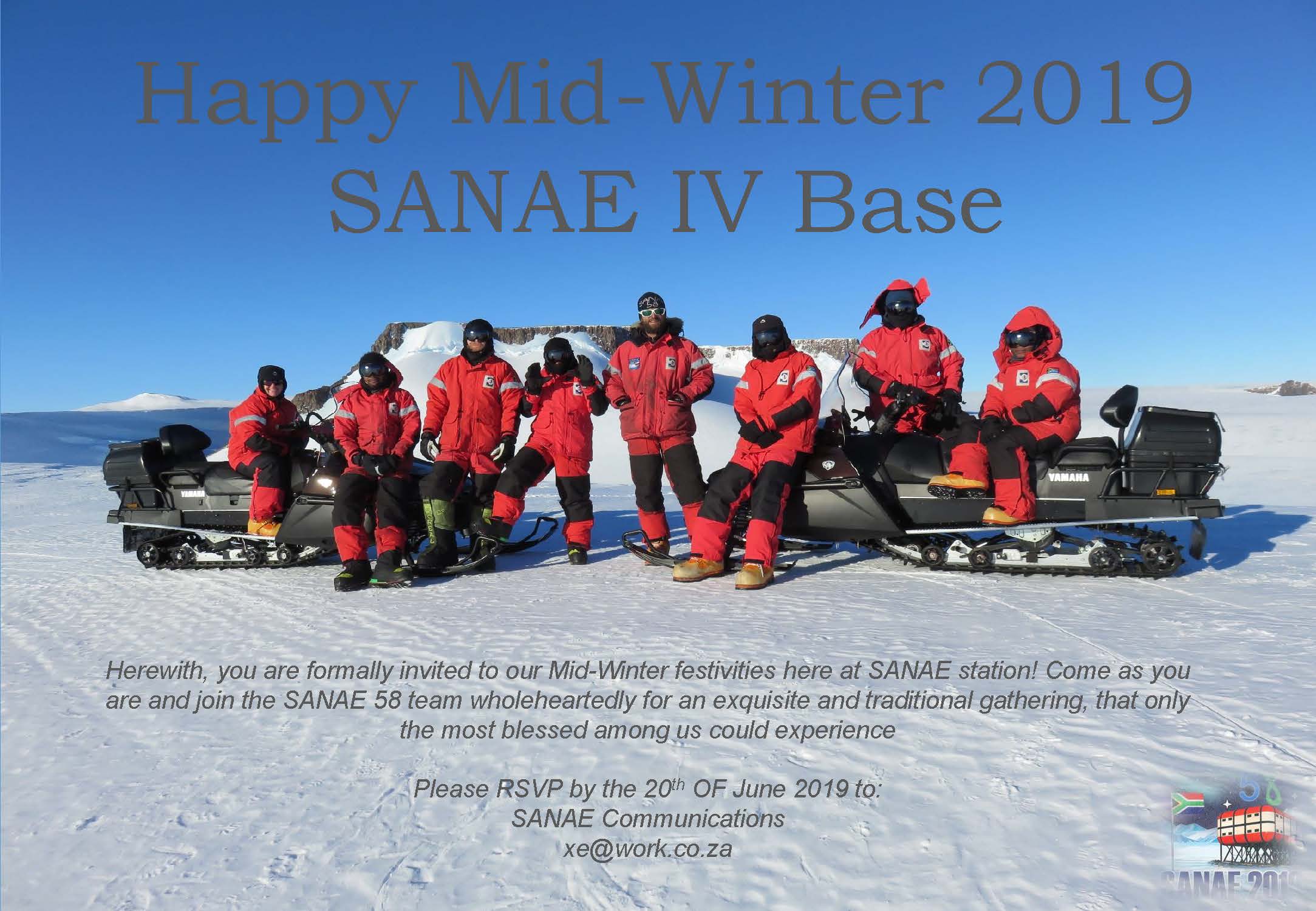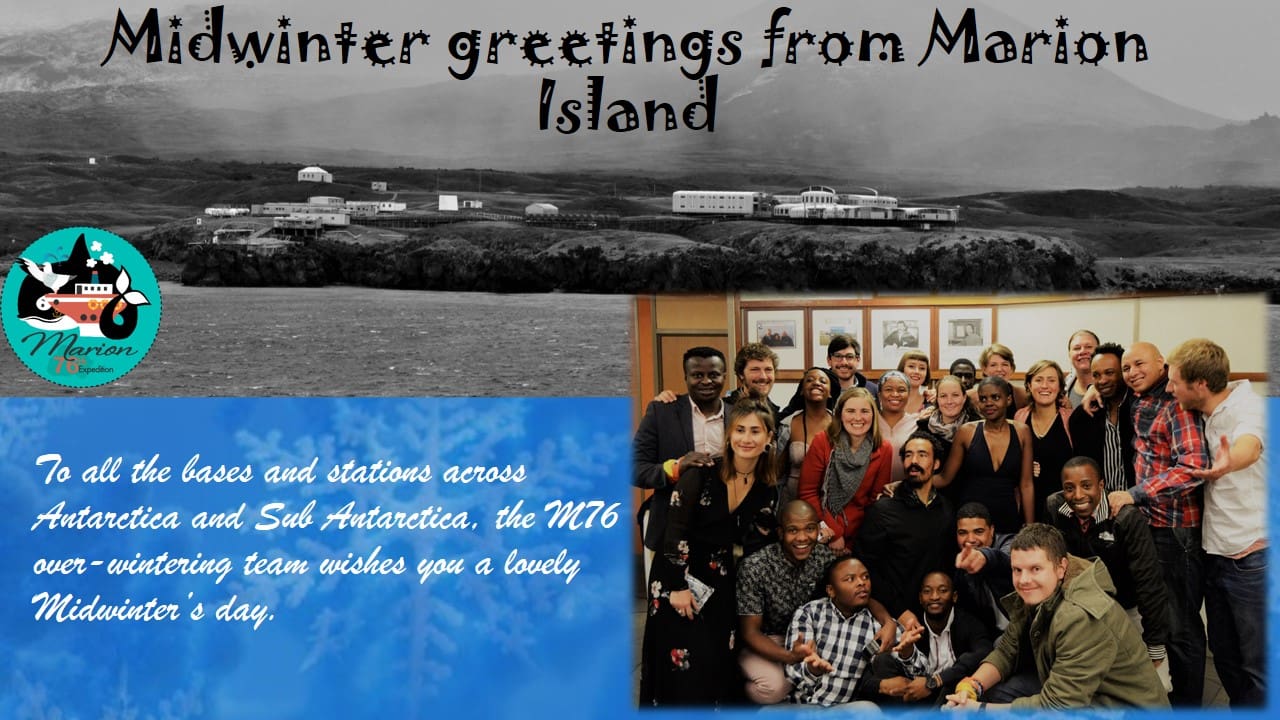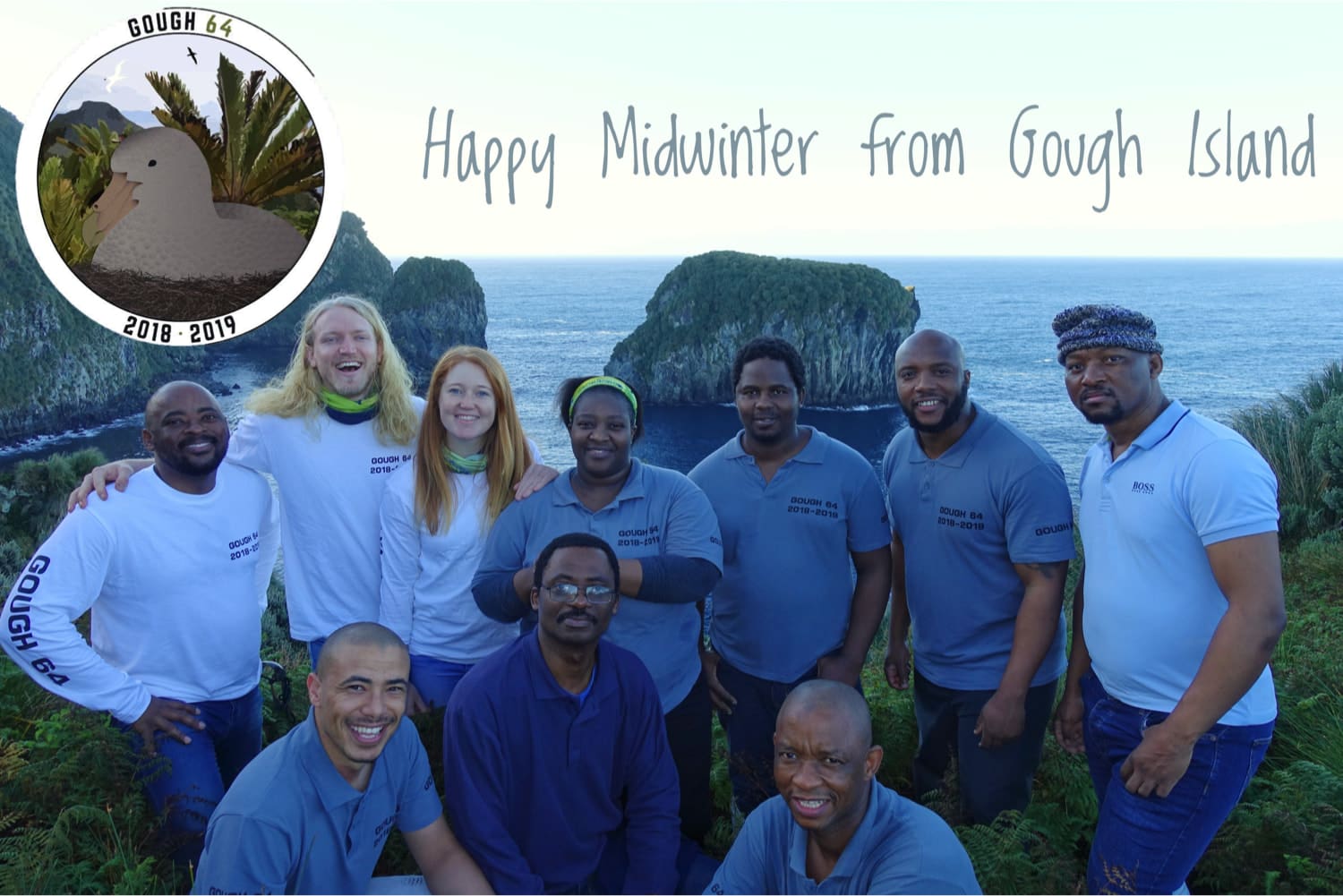
by Fishgate@sanap | Aug 5, 2019 | Antarctica, News, Research, SA Agulhas II, SANAP, Science, Southern Ocean, sub-Antarctic
It is the last week of the SCALExperiment Winter Cruise of 2019. Here’s what the engineers of Stellenbosch University are currently doing onboard the S.A. Agulhas II.
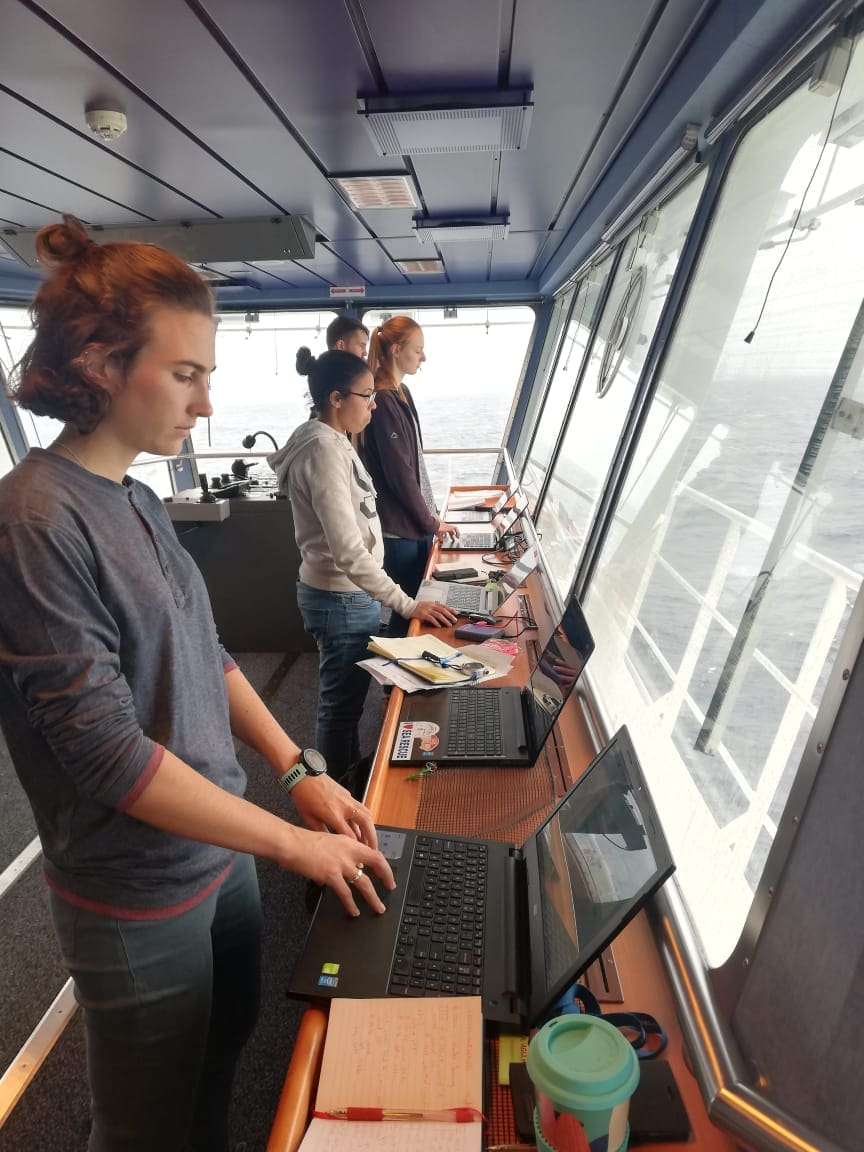
Observations of stern and bow slamming done from the SAAII bridge
During the SCALE Voyyage to Antarctica, the Sound and Vibration Group has been conducting full scale measurements using accelerometers placed on the S.A. Agulhas II. Wave observations have been conducted to estimate the height and frequency of the waves encountered by the vessel. With this, slamming observations have been conducted. When the vessel is experiencing slamming the team is tasked to rate the slam according to the comfort experienced.
The team has conducted ship manoeuvers in open water while stationary and moving at various speeds. This was done to investigate under which wave states the vessel experiences slamming.
The team is also investigating human comfort onboard the vessel. Passengers fill in daily motion sickness and slamming surveys. In addition to this a head acoustic dummy, Mike, has been measuring the sound experienced in a passenger cabin.
Information received from: Prof Annie Bekker, Associate Professor, Department of Mechanical and Mechatronic Engineering, Stellenbosch University, 05 August 2019
Photos: supplied by Sound and Vibration Group

by Fishgate@sanap | Aug 1, 2019 | Antarctica, Current Event, News, Research, SA Agulhas II, SANAP, Science, Southern Ocean
Jean Loock and Johan Viljoen, Stellenbosch University doctoral candidates currently onboard the S.A. Agulhas II, gave some insight on why the TracEx -group is so interested in studying the Southern Ocean during winter and the particular interest in the seasonal sea-ice.
“Phytoplankton are microorganisms that help regulate global climate through carbon dioxide uptake as they photosynthesise. To do this they require nutrients but in the remote oceans food is scarce, resulting in fierce competition and poor growth of these plankton. However, within the seasonal sea-ice that grows during winter and extends northwards from Antarctica, a thriving little community of microorganisms exist.
Our team is looking to analyze the snow layer on the ice, the ice itself and the water below the ice in an attempt to understand how these nutrients are concentrating within the ice. It may be that during the summer melting phase, these nutrients are expelled from the ice and provide the food required for large scale blooms of phytoplankton and thereby improved carbon dioxide uptake. These curious cases are crucial to improving our understanding of the climate system in a changing environment”.
Follow the TracEx Group on Facebook and Twitter.
Preparing the Mini Geotraces CTD Rosette before the cruise:
On the day of the first launch, during the #SCALExperiment #WinterCruise2019 .

Team TracEx getting ready to deploy their new mini CTD rosette in ice conditions to collect water samples to study the trace metals in the water column below ice. Photo Credit: Johan Viljoen
For more information on #SCALExperiment #WinterCruise2019 – click here.
Anché Louw, Antarctic Legacy of South Africa, 01 August 2019

by Fishgate@sanap | Jul 11, 2019 | Antarctica, Current Event, Meetings, News, SANAP
South Africa’s permanent presence on the Antarctic continent commenced shortly after the Norwegians announced the evacuation of their Antarctic base, which was established for the International Geophysics Year (IGY), in the Dronning Maud Land region (approximately 4000 km south of Cape Town). This base was taken over by South Africa in 1959, during the first South African National Antarctic Expedition (SANAE), under the leadership of J.J. ‘Hannes’ la Grange (also Senior Meteorologist of the team).

1st SANAE Overwintering Team of 1960 (L-R: André van der Merwe, Dick Bonnema, Hannes la Grange, Marten du Preez, Blackie de Swardt).

Antarctic Treaty counties: Argentina, Australia, Belgium, Chile, France, Japan, New Zealand, Norway, South Africa, United Kingdom, United States and USSR.
In the same year, South Africa, along with eleven other countries signed the Antarctic Treaty, hence SA is one of the founding members of the Antarctic Treaty System (ATS), and however South Africa never made a territorial claim in Antarctica, is seen as a “consultative party” within the Antarctic Treaty, due to its legitimate interest in Antarctica (Viall 1991).
The Antarctic Treaty can be described as “agreements and arrangements which regulate international relations and activities in Antarctica” (Viall 1991). The aim of the Antarctic Treaty was to ensure that Antarctica (the area south of 60° S latitude) would be used for no other than peaceful purposes. The Antarctic Treaty also stipulates that military activities, nuclear explosions and the disposal of radioactive waste are prohibited in Antarctica (The Antarctic Treaty, 1959). Read more here.
South Africa has certain obligations to the ATS regarding conservation on Antarctica and on its sub-Antarctic islands and form part of the Conservation of Albatrosses and Petrels (ACAP) and Convention for the Conservation of Antarctic Marine Living Resources (CCAMLR).
The Antarctic Treaty Consultative Meeting (ATCM) kicked off in 1961 and was held biennially, however since 1994 it became evident that this meeting should be held annually. As stipulated by the Secretariat of the Antarctic Treaty, ‘the meeting is hosted by Consultative parties according to the alphabetical order of their English names’.
This year the meeting in held in Prague, France. South Africa’s delegation consists of:
- Chief Director: Specialist Monitoring Systems (Mr L. Fikizolo) – HoD
- Director: Earth Systems Strategies (Mr M. Dopolo),
- Acting Director: Integrated Projects and International Coordination (Mr Y. Mngxe),
- State Law Advisor: Department of International Relations and Cooperation (Ms R. Brammer).
Furthermore South Africans, Richard Skinner (previously with the South African Department of Environmental Affairs and a long-time participant within the South African National Antarctic Programme) and Lize-Marié van der Watt (Doctor of Philosophy at KTH Royal Institute of Technology, Stockholm, Sweden) are currently also at this meeting as part of the Antarctic Treaty Secretariat support staff.
References:
The Antarctic Treat (1959) http://blogs.sun.ac.za/antarcticlegacy/wp-content/blogs.dir/189/files/2015/10/The-Antarctic-Treaty1.pdf
Viall JD (1991) South Africa: The Road to the Antarctic Treaty. South African Journal of Antarctic Research, Volume 21:125-128.
Anché Louw, Antarctic Legacy of South Africa, 11 July 2019.

by Fishgate@sanap | Jul 9, 2019 | Current Event, News, Research, SA Agulhas II, SANAP, Science, Southern Ocean
On the 1st of July 2019, 41 students from various universities across South Africa have set sail from the Port of Cape Town, onboard the S.A. Aghulus II, as part of the annual SEAmester course run by Prof Isabelle Ansorge from the Department of Oceanography, University of Cape Town. Assisting her onboard is Tahlia Henry, programme coordinator; watch this interview with Tahlia just before departure. Students who are in the marine field of study and who make it through the hundreds of applications get the fantastic opportunity to participate in this 11-day South African class afloat. The cruise travels up the coast to Port Elizabeth where the vessel turns into the deeper oceans in order to travel along the ASCA line. The line plots its course at certain intervals, where CTD (conductivity, temperature and depth) tests are done.
While students are onboard the days are filled with a selection of lectures and practicals, run by leaders in the field of marine science. The practicals give students some hands-on experience within their field of interest, for example students get to partake in CTD observations where the CTD is lowered to different depths at different points along the cruise to measure depth, salinity and temperature. These observations are done in order to gain a better understanding of the Aghulus current. The South African Weather Service also has a meteorological technician/forecaster onboard, demonstrating the release of a weather balloon, while informing students on the data gathered from the radiosonde (box attached to the balloon gather certain data) – view this video to learn more about weather observations from the S.A. Agulhas II. Other practicals onboard include; dissections on marine mammals, parasitology studies, seafloor sediments studies, mammal observations and micro plastic sampling.
Surrounded by the blue ocean looking left, right, backwards and forwards reminds one of the vastness of the ocean. Sunrises and sunsets are most definitely a highlight for students as they are able to watch the sun break through the horizon from the monkey deck.
The cruise has thus far experienced some great weather in the first few days, but we did end up face to face with a cold front. It was a slightly bumpy ride to say the least as the vessel had to navigate its way through 9m swells and 40 knot winds.
The vessel is expected to back in the Port of Cape Town by morning, 11 July 2019.

S.A. Ahulhas II moving through calm waters. Photo Credit: Alex Oelofse.
All photo supplied by the photographer onboard the vessel: Alex Oelofse.
Author: Alex Oelofse, Photographer onboard the vessel. Edited by: Anché Louw, 09 July 2019.
by Fishgate@sanap | Jul 3, 2019 | Current Event, News, Research, SA Agulhas II, SANAP, Southern Ocean
The 4th SEAmester cruise departed from the port of Cape Town on the 1st of July 2019.
This year’s class consists of 41 students in total, including postgraduate students from all over South Africa and a few international students.
During this 11 day cruise along the coast of South Africa, on the S.A. Agulhas II, students will learn all about marine science through theoretical classroom learning and applying this knowledge through ship-based and hands-on research. Find out more about SEAmester here.
We would like to wish all the students and lecturers onboard the vessel another successful programme.
VIDEO: Meet the programme coordinator, Tahlia Henry.
Note: SEAmester is a Department of Science and Technology/National Research Foundation funded SANAP (South African National Antarctic Programme) project.
Anché Louw, Antarctic Legacy of South Africa, 03 July 2019

by Fishgate@sanap | Jun 21, 2019 | Antarctica, Current Event, Gough Island, News, SANAP
Happy mid-winter from our Antarctic station (SANAE), sub-Antarctic station (Marion Island) and Gough Island.
Antarctica – where the 58th overwintering team will be celebrating mid-winter.

Marion Island – where the 76th overwintering team will be celebrating mid-winter.

Gough Island – where the 64th overwintering team will be celebrating mid-winter.

